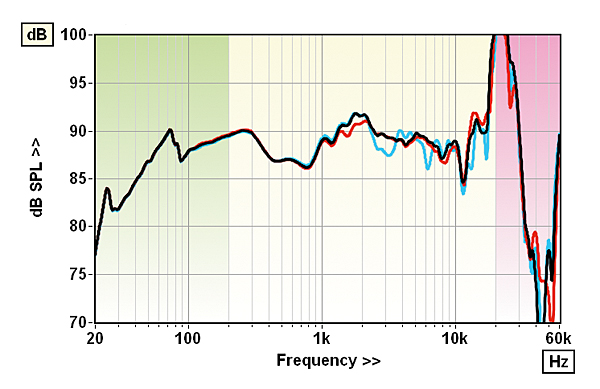- Joined
- Jan 15, 2020
- Messages
- 6,871
- Likes
- 16,828
I wonder where do you see such 6 dB fluctuations, I see less than a +-1 dB differences in the midrange on the links you posted above (always the black and red curves):Hifinews are measuring the matching frequency responce accuracy of the left and right loudspeakers.
The results with passive loudspeakers differ on average more than +-3 dB in the midrange between left and right loudspeaker.
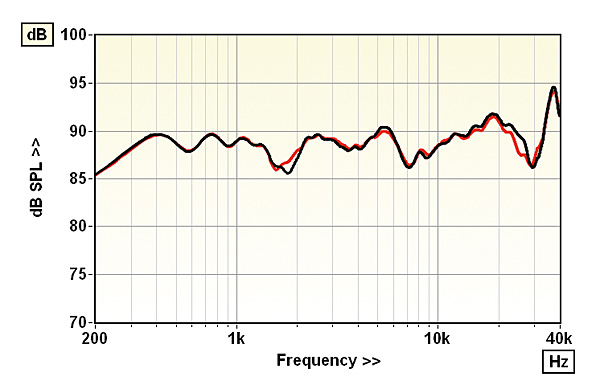
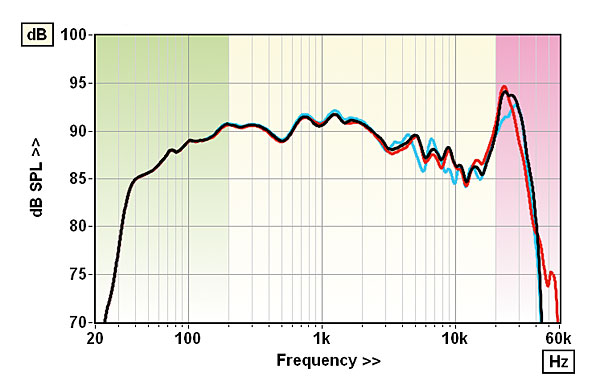
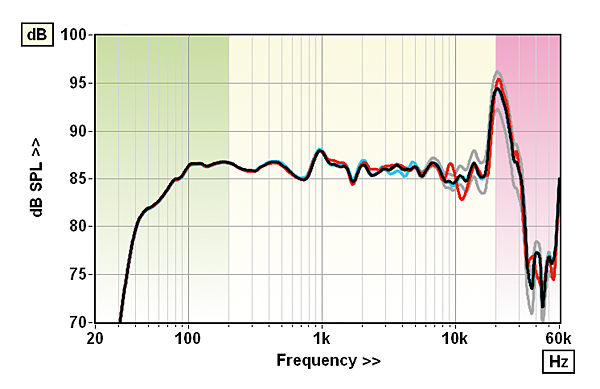
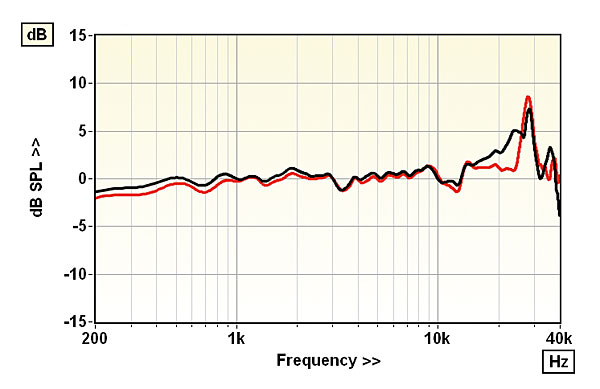
Only the 801D4 seems to have a narrow bigger deviation than that at 2,5 kHz which probably is also inaudible with most music:
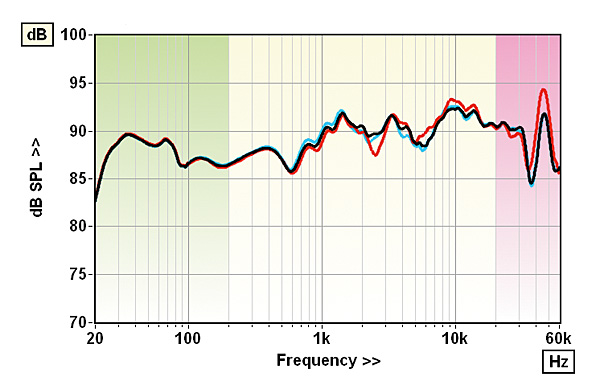
And there are also many cheap passive loudspeakers with similarly good pair matching even from the same company, just exemplaric there:
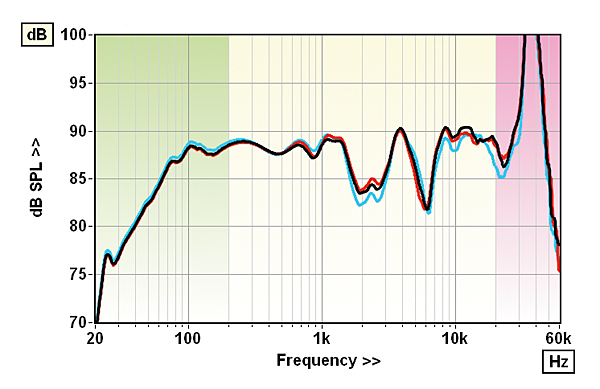
B&W 603 S2 Anniversary Edition Loudspeaker Lab Report
Lab Report While the Anniversary ticket brings with it a stunning standard of finish, it's the 603's 'S2' acoustical revisions that are of greatest interest here. In practice, the forward response remains uneven [see Graph 1, below] although the 'shape' with its trough from 1.5kHz-3.5kHz and...
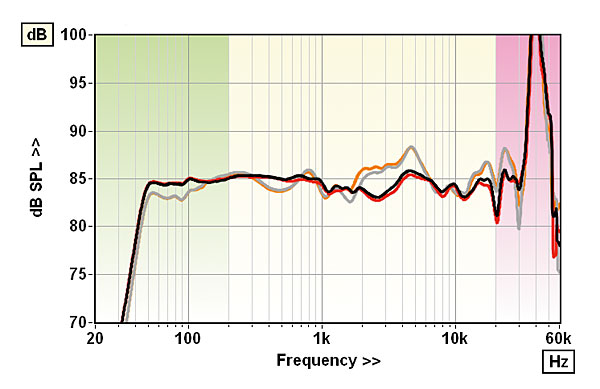
KEF LS50 Meta Loudspeaker Lab Report
Lab Report To ensure the validity of our comparisons, new samples of both the LS50 and LS50 Meta were tested 'back-to-back' under identical lab conditions. So, while the LS50's pair matching is within 1.3dB and response uniformity good to ±2.9dB and ±4.0dB [grey/orange traces, Graph 1] the new...
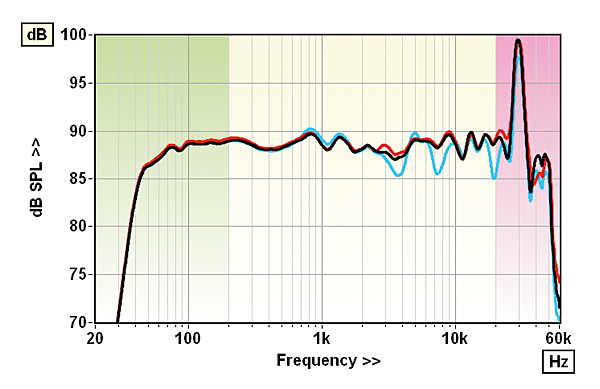
Monitor Audio Bronze 200 Loudspeaker Lab Report
Lab Report Competing in the 'slimline' floorstander bracket, MA's Bronze 200 employs the brand's smallest C-CAM mid/bass driver, a pair of these 140mm units enabling a narrow 166mm-wide baffle. (The 231mm-wide Bronze 100 standmount [HFN Aug '20] employs a single 200mm C-CAM unit.) The...
By the way active loudspeakers from usually the lower cost points have similar deviations (see the measurements of Sound & Recording which give its value - unfortunately not a plot) so its not really a issue of active vs. passive but rather of manufacturing quality (especially of the drivers), allowed tolerances and measurements/selection.

 . I hear this matching talk from the zero-negative feedback crew as well. It is cheap talk that fuels paranoia and causes non-physical reasoning like this.
. I hear this matching talk from the zero-negative feedback crew as well. It is cheap talk that fuels paranoia and causes non-physical reasoning like this.